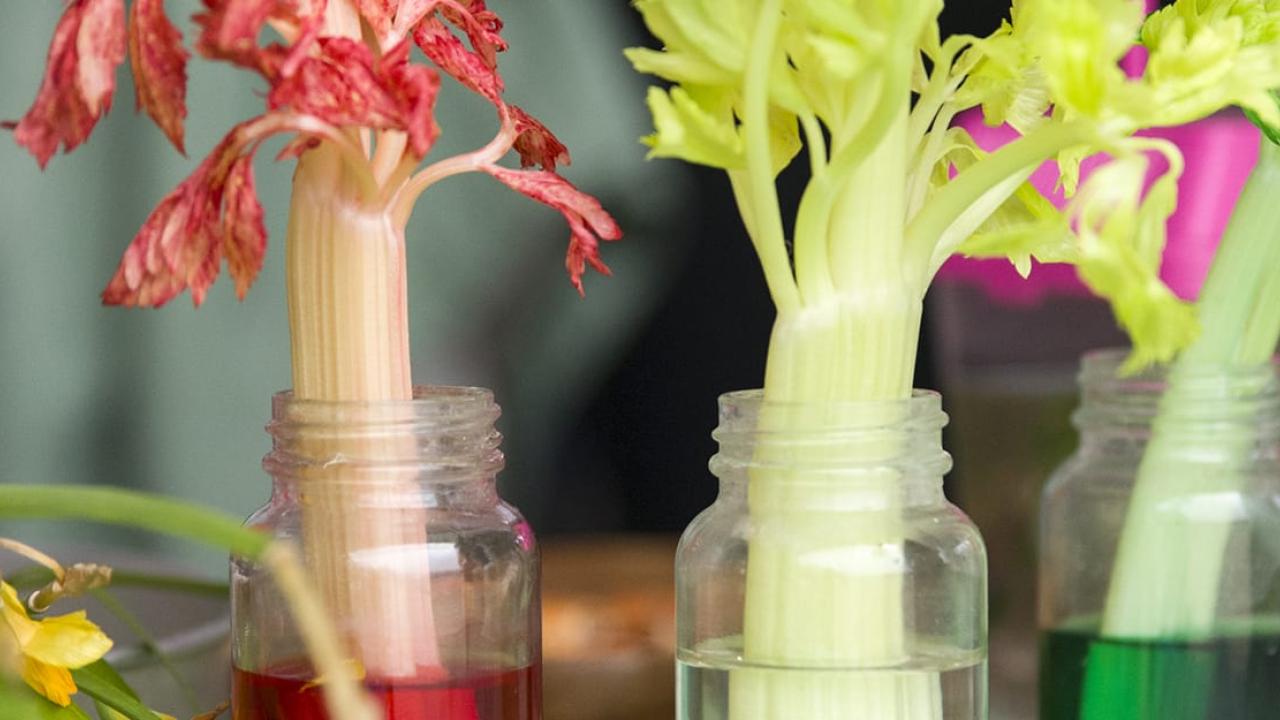

Learning
Garden Stories
Mushroom Magic
Have you noticed all the mushrooms popping up in lawns, mulch, and next to trees? We asked Greg Mueller, Ph.D., chief scientist and Negaunee vice president of science at the Garden for answers.
Why do mushrooms pop up out of nowhere?
Mushrooms can appear magical—seeming to pop up overnight. This is part of their mystique.
The mushrooms we see are the spore forming part of the individual—analogous to an apple on an apple tree. Most of the individual is comprised of a mass of microscopic threads (hyphae), known as the mycelium that grows in the soil, leaf litter, wood chips, tree, etc. You can sometime see the usually white, cottony mycelium growing if you pull up a mass of downed leaves or among wood chips.
The mycelium is the long-lived part of the individual that absorbs nutrients and water. Depending on the species and its ecology, an individual may persist for weeks to more than a thousand years! When conditions are right, the mycelium produces mushrooms. The sole function of the mushroom is to disperse the spores. The spores are borne on the gills of mushrooms or inside the pores of bracket fungi.
Was the increase in mushrooms due to the rain?
When conditions are right (and what is right somewhat depends on the mushroom species), the mycelium forms small primordia (tiny unopened mushrooms) under the soil. When conditions are correct (e.g., it has rained enough), this tiny, unopened mushroom absorbs water and quickly expands (think of a water balloon). It can do this so quickly that it looks like the mushroom magically appeared.
I am seeing different varieties of mushrooms in people’s yards—is there a reason?
There quite a few different species of mushrooms found growing in yards. Some are found popping up in the middle of the lawn, in the grass near certain trees, on woodchips, and others grow on wood. Most lawn, wood chip, and wood-inhabiting mushrooms are saprotrophs, or decomposers of dead organic material.
These are nature’s recyclers, breaking down old grass, dead and buried roots from a tree or bush that was taken down, wood chips, etc., and returning the nutrients to the soil to support growing plants and animals. A few of the species growing on living trees cause disease. The species associated with specific trees (e.g., pines, spruce, fir, oaks) are important, beneficial symbionts that the trees need to thrive.
Are they damaging my lawn? Does it mean I have bad soil?
Fungi need nutrients to grow and produce mushrooms. So having mushrooms popping up in one’s yard is usually a sign of healthy soil. They do not damage the lawn. Beauty is in the eye of the beholder, so while I think a lawn sprouting mushrooms adds to the interest and beauty of the property, not everyone agrees. But no matter your aesthetics, there is nothing one can do if mushrooms appear but wait. They will soon dry out and disappear.
Can we eat them?
Some yard mushrooms are edible, other can cause stomach distress, and a small number can make one seriously ill or even lead to death. Additionally, there are some differences in toxicity between humans and dogs. Some species that cause stomach problems in people may be deadly toxic to dogs. Unfortunately, there is not a simple way to tell—you must know the situation with each species.
And finally, an otherwise nontoxic mushroom growing in a lawn that has been treated with herbicide or insecticide may be toxic. Many mushrooms are very good at absorbing and concentrating these chemicals, so eating them can result in herbicide poisoning. So I always tell people to “know thy neighbor’s yards” if they are doing urban foraging.
Next time you see mushrooms sprouting in your yard, neighborhood, or local park, you’ll know more about the magic of mushrooms!


